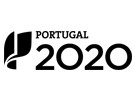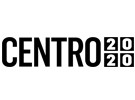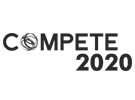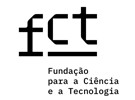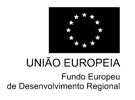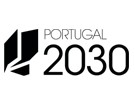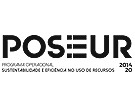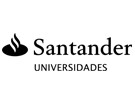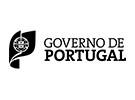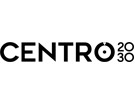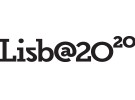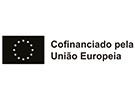



Publication in the Diário da República: Despacho nº 6320/2018 - 28/06/2018
4 ECTS; 2º Ano, 2º Semestre, 60,0 TP + 3,0 OT , Cód. 817720.
Lecturer
- Liliana Cristina Vidais Rosa (1)
(1) Docente Responsável
(2) Docente que lecciona
Prerequisites
N/A
Objectives
A. Understand contemporary global cinema.
B. Analyze and problematize cinematographic discourses in clear articulation with contemporary socio-political moments.
C. Identify the aesthetic perimeter associated with cinematographic genres, extracting their potentialities and limitations from this exercise.
D. Learn and apply film analysis tools to be used in the discipline.
Program
1. Contemporary Latin American cinema:
1.1. New wave of Mexican cinema.
1.2. Brazilian cinema post-new cinema.
1.3. New Argentine cinema.
2. Contemporary East and South Asian cinema:
2.1. Chinese cinema.
2.2. South Korean cinema.
2.3. Indian cinema between tradition and contemporary times.
3. Contemporary Middle Eastern cinema:
3.1. New Iranian cinema.
3.2. New Turkish cinema.
4. Contemporary European cinema:
4.1. Contemporary in Portuguese cinema.
4.2. Violence and power in Austrian cinema.
4.3. Holocaust memory in German cinema.
5. Other contemporary Cinemas:
5.1. Hybridity in African cinema.
5.2. Other geographies, other issues.
Evaluation Methodology
1. Frequency assessment
1.1 Attendance and regular intervention on the themes-films under discussion in class (10%).
1.2 Two written tests (attendance): one written test during the semester (45%) and another written test at the end of the semester (45%).
2. Exam-based assessment
2.1 Normal Season: Written test (attendance) covering all taught content (100%)
2.2 Appeal Season: Written test (attendance) covering all taught content (100%)
2.3 Special Season: Written test (attendance) covering all taught content (100%)
The evaluation is made in accordance with the provisions of Art. 11 of the Academic Regulation of IPT Schools. Students who obtain a grade equal to or greater than 10 values are waived from the Exam.
Bibliography
- Araújo, N. (2023). História do Cinema: Dos primórdios ao cinema contemporâneo. Coimbra: Edições 70
- Badley, L. e Palmer, R. e Schneider, S. (2006). Traditions in World Cinema. Edinburgh: Edinburgh University Press
- Chaudhuri, S. (2005). Contemporary World Cinema: Europe, The Middle East, East Asia and South Asia. Edinburgh: Edinburgh University Press
- Stafford, R. (2014). The Global Film Book. London and New York: Routledge
Teaching Method
1. Expository lectures.
2. In-class film analysis.
Software used in class
1. Platform used
1.1 Microsoft Teams
2. Software necessary to apply the acquired knowledge
2.1 Microsoft Word
2.2 Adobe Acrobat Reader
2.3 Open Office
2.4 VLC Media Player
2.5 QuickTime Player
